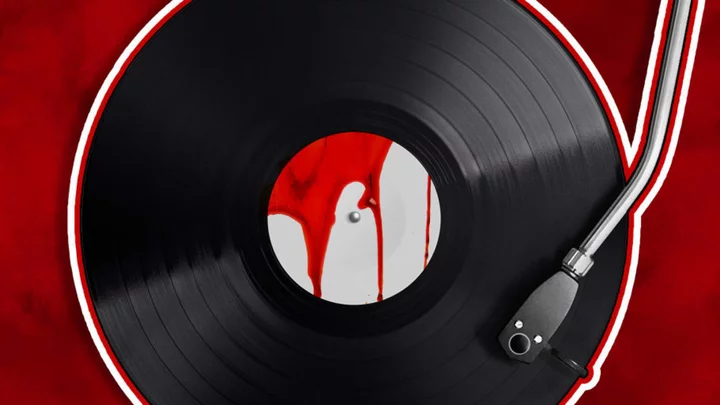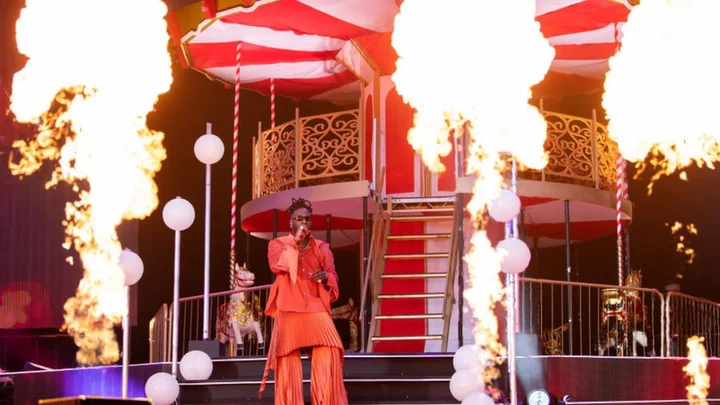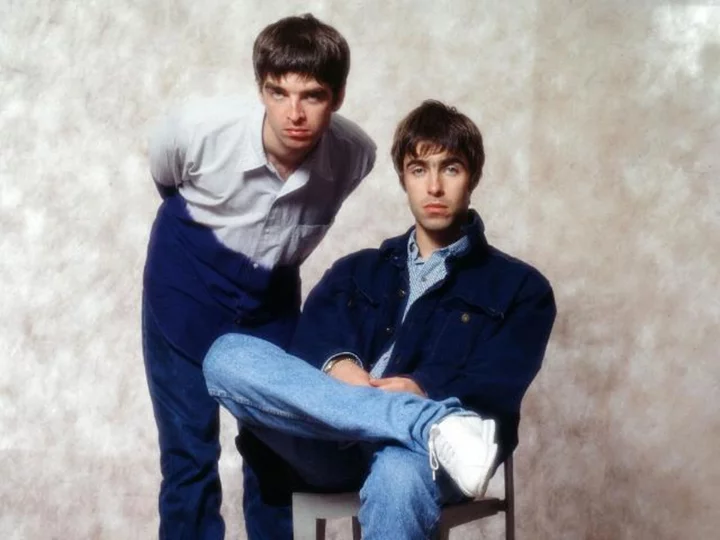The 1977 album Sound Effects No. 13 – Death & Horror opens with a blade being sharpened, then unfolds into an arrangement of chopping, tearing, crunching, whipping, sawing, and sizzling. The source of each noise is mysterious, but listeners can refer to the back cover to discover where they may home come from. Track listings under the section “Execution and Torture” include evocative titles like “Neck Twisted and Broken,” “Red Hot Poker Into Eye,” and “Nails Hammered Into Flesh.”
Horror had taken a bold turn in the 1970s. In the first half of the decade, movie audiences were scandalized by transgressive films like The Exorcist (1973) and The Texas Chainsaw Massacre (1974). And while Sound Effects No. 13 didn’t depict inappropriate uses for a crucifix or a cannibal dinner party, it courted controversy all the same. The audio alone was disturbing enough to get the vinyl pulled from stores shortly after its release.
But it wasn’t absent from shelves for long. The negative publicity fueled by conservative activists helped make it one of the most successful sound effects albums of its time—and it all started with a few cabbages in a recording studio.
Murder to Your Ears
BBC Records & Tapes gained a reputation as the UK’s oddest record label in the 1970s. In addition to releasing theme music from their radio and television programs, the label issued a “bizarrely diverse” assortment of recordings that lacked any sense of cohesion. Their memorable albums included postpartum exercise music, a lecture on astronomy, and a cover of Rod Stewart's “Sailing” sung by the company of a Royal Navy aircraft carrier. One series packaged sound effects from the BBC’s archives into vinyl records for amateur filmmakers and dramatists. The label received numerous requests for a horror-themed album in this vein, and in 1977, they gave listeners what they wanted.
While Sound Effects No. 13 – Death & Horror features sound bites from the network’s library, many tracks were custom recorded for the project. BBC staffer Ian Richardson commissioned the album and worked with producer Mike Harding to craft an audio journey that spanned kitschy haunted house noises to gory murder scenes. The result was dread-inducing, but the behind-the-scenes process at the BBC Radiophonic Workshop more likely inspired hunger than fright.
As Richardson wrote in the liner notes for the album, the more gruesome effects were achieved by “mistreating large white cabbages.” He explained, “The results were highly realistic and we even had some coleslaw left for dinner.”
The tracks’ vegetal origins didn’t hurt their effectiveness. Like the blockbuster Jaws released two years prior, Sound Effects No. 13 proved that the most horrifying threats are the ones hiding out of sight. In the moments of tension leading up to the killer’s reveal, a creaky staircase or a disembodied scream can provoke a more visceral reaction than whatever bloody scene is waiting around the turn.
“A recording of horror sound effects? Who needs sound effects for executions and gory things like that? It’s surely the visual aspect of any horror film which sends tingles down your back and makes your hair stand on end,” Richardson’s note reads. “Not true. Next time you stay up to watch the late night film on the T.V., turn the sound down and you’ll find that not only does the speech disappear but also those all-important sound effects.”
An Unlikely Hit
Sound Effects No. 13 was quickly labeled a moral catastrophe. Within a few days of its debut in 1977, British anti-obscenity activist Mary Whitehouse learned of its existence and made it her mission to remove it from stores.
This wasn’t the first time she had butted heads with the BBC. She had launched a campaign against the network’s director-general Hugh Greene in the 1960s, calling him “the devil incarnate” and accusing him of promoting such behaviors as “promiscuity, infidelity, and drinking” through his programming. The shows Doctor Who and Till Death Us Do Part also landed in her crosshairs.
The BBC’s violent sound effects album was an unsuprising target. Even if Whitehouse never sat down to listen to it, she would have found plenty to be enraged by in the packaging alone. The cover features a screaming woman’s warped face superimposed into a chatoric scene of toruture, dismemberment, and decapitation. The tracks listed on the back were divided into the sections “Execution and Torture,” “Monsters and Animals,” “Creaking Doors and Grave Digging,” “Musical Effects and Footsteps,” “Vocal Effects and Heartbeats,” and “Weather, Atmosphere and Bells.” The vinyl itself matched the grisly content: When held up to the light, it turned a brilliant, bloody red.
Unlike the programs Whitehouse had attacked previously, Sound Effects No. 13 was never intended for general audiences. It was conceived as a niche resource for people in the entertainment industry who were presumably old enough to monitor their own media consumption. But thanks to her, the album became a crossover hit. After calling out BBC Records & Tapes’ “utter sense of irresponsibility” for making the record, she succeeded in getting them to suspend it. Alan Bilyard, the head of the label’s business affairs and finance, eventually received approval to resume sales as usual. Her campaign had an impact on the record’s reception, but not the one she’d hoped for; Sound Effects No. 13 went on to sell 20,000 more copies than expected. It became the first sound effects album to break the UK Top 100 charts, and BBC executives credited the free publicity from Whitehouse for its surprise success.
A Lurid Legacy
Whitehouse’s criticisms gave the record an edgy reputation, but its journey to the mainstream wasn’t a fluke. Over the years, Sound Effects No. 13 has solidified its status as a classic piece of horror media. BBC Records & Tapes followed it up with two sequels: More Death and Horror in 1978 and Even More Death and Horror in 1982. In 2016, Demon Records reissued the original album as a 180-gram LP complete with “blood-splattered” colored vinyl.
The fuss over Sound Effects No. 13 may seem quaint by today’s standards. If you’re a seasoned horror fan who grew up on the slasher and torture subgenres that gained popularity following the album’s release, you likely won’t be phased by a casual listen. But it’s still effective under the right conditions. Save your listening session for late at night—when your brain starts to see things in the dark that aren’t there—and you may forget you’re listening to audio engineers chopping vegetables.
This article was originally published on www.mentalfloss.com as Death & Horror: How BBC’s Controversial Sound Effects Album Became a Surprise Hit.









